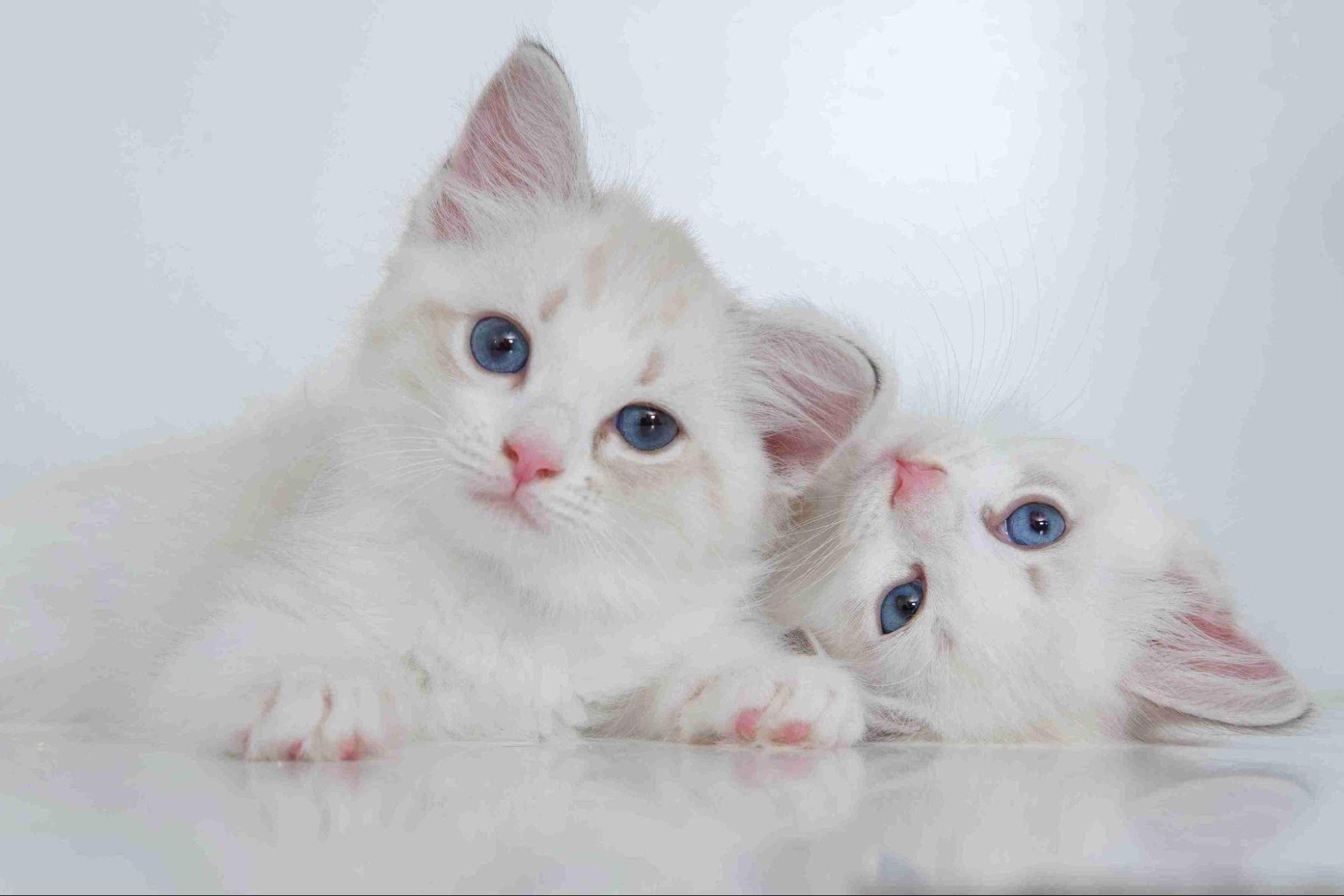When a kitten arrives at home, choosing the best litter is one of the first basic care steps that makes a difference for their wellbeing. In the first months, kittens are particularly sensitive: they explore, learn hygiene habits, and need a safe, clean, and comfortable environment.
Opting for a litter specifically for kittens is essential to:
- Protect their delicate paws.
- Reduce risks if ingested accidentally.
- Help them adapt to the litter tray and new routine.
What makes a good kitten litter?
Not all cat litters are the same, and what works for an adult cat may not be the best for a kitten. Here are the most important aspects to consider:
- Safety: it’s better to choose non-clumping litters, as kittens sometimes taste the litter, reducing the risk if they ingest it.
- Fine and soft texture: their little paws are still developing, so a fine-grain litter is more comfortable and less irritating.
- Absorbency: keeping the litter tray dry is key to controlling odours and ensuring hygiene.
- Low dust: it helps prevent respiratory problems and keeps the area clean.
Why sepiolite litter is a good option
Among the various options, sepiolite is a natural mineral that combines several of these characteristics, making it a suitable choice for kittens.
- Non-clumping, reducing ingestion risks.
- Highly absorbent and lightweight, keeping the tray dry longer.
- Fine-grain texture, soft for sensitive paws.
For effective cleaning and odour control, try Kitten Litter, specially formulated with sepiolite for kittens.
Tips to choose and use the best litter for your kitten
- Start with a litter specifically designed for kittens. This will make it easier for your kitten to develop hygiene habits without discomfort or risk.
- Make the transition gradually. If your kitten was using another type of litter, mix it little by little with the new one.
- Keep the litter tray always clean. Remove waste daily and change the litter regularly.
- Observe your kitten. If you notice rejection or discomfort, try a different texture or take a step back in the transition.
- Think ahead. When your cat grows, you can decide whether to continue with sepiolite or switch to a clumping litter according to your preference.
Frequently Asked Questions
- Why not use clumping litter at first?
Because kittens are curious and sometimes ingest litter. Non-clumping litters, such as sepiolite, reduce this risk.
- Can I use sepiolite when my cat is adult?
Yes, although you can also try clumping litters for easier cleaning.
- How often should I change sepiolite litter?
The frequency depends on the number of cats and the size of the litter tray, but as a general rule, it is recommended to completely change the litter every every 4 to 10 days, depending on the quality of the mineral. Always follow the usage instructions. Keeping it clean not only helps control odours but also protects your kitten’s health and comfort.
- How should I dispose of used sepiolite litter?
Used litter should be placed in a well-sealed bin bag before disposal. Read the usage instructions and follow local waste disposal regulations.
Fine-grain litter is an excellent option for your kitten due to its high absorbency, odour control, and softness for sensitive paws. Remember that your pet’s comfort and health are the most important. Your kitten will thank you!

